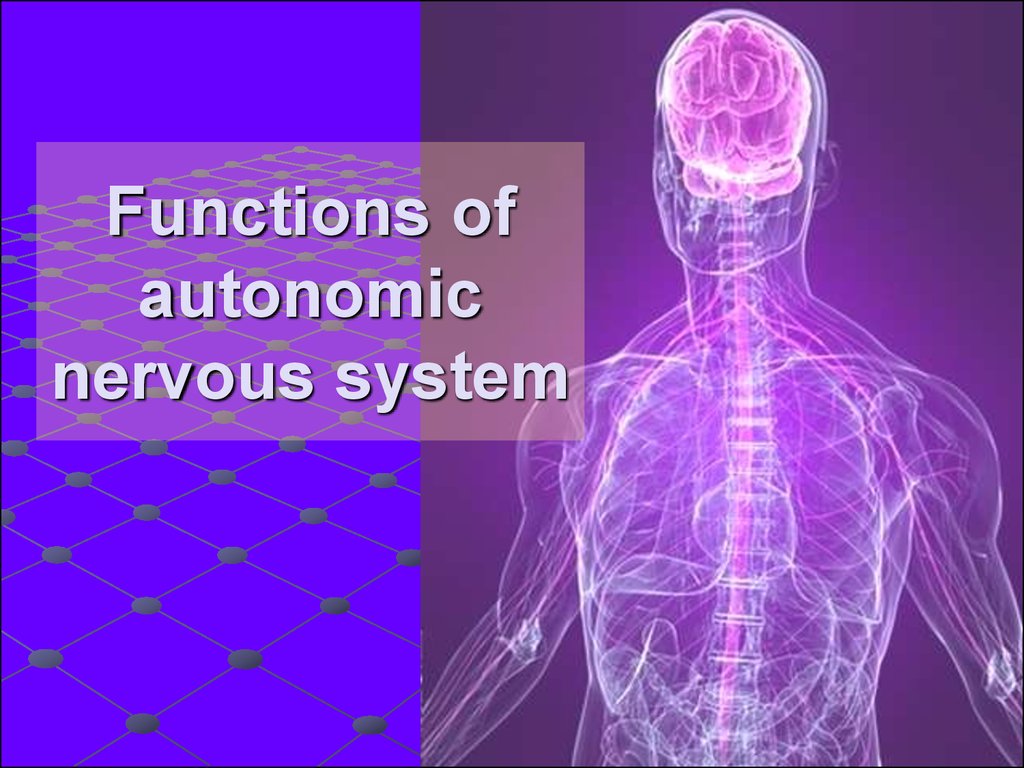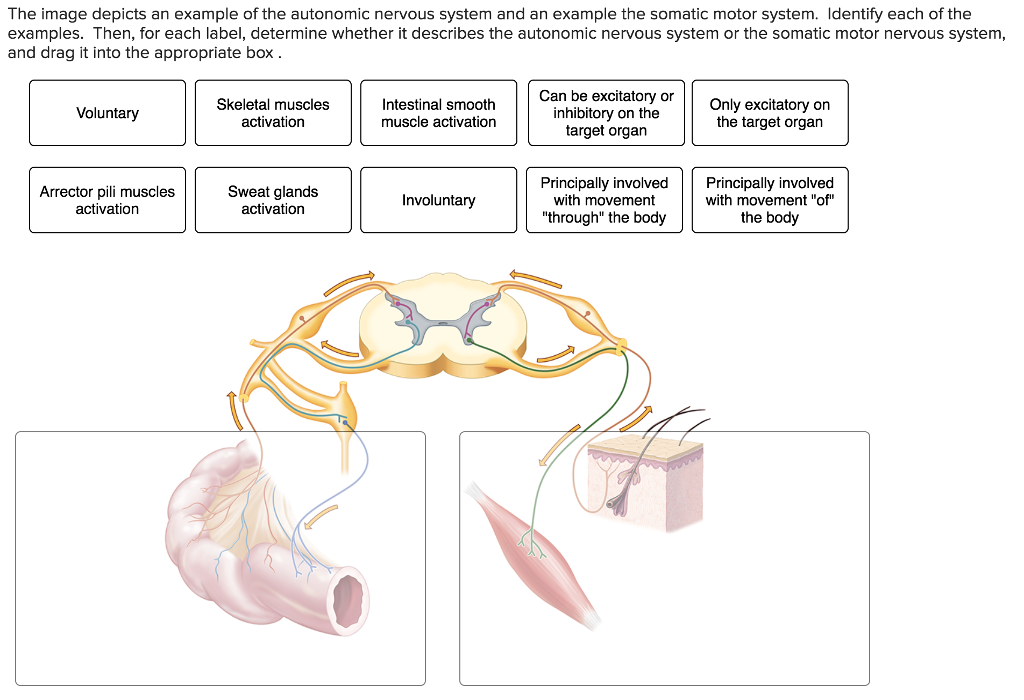

Acute stress-stress that is momentary or short-term such as meeting deadlines, being stuck in traffic or suddenly slamming on the brakes to avoid an accident-causes an increase in heart rate and stronger contractions of the heart muscle, with the stress hormones-adrenaline, noradrenaline, and cortisol-acting as messengers for these effects. The activity of these two elements is also coordinated in the body’s response to stress. The heart and blood vessels comprise the two elements of the cardiovascular system that work together in providing nourishment and oxygen to the organs of the body. Working with a psychologist to develop relaxation, breathing, and other cognitive behavioral strategies can help. In addition, the rapid breathing-or hyperventilation-caused by stress can bring on a panic attack in someone prone to panic attacks. Some studies show that an acute stress-such as the death of a loved one-can actually trigger asthma attacks. For people without respiratory disease, this is generally not a problem as the body can manage the additional work to breathe comfortably, but psychological stressors can exacerbate breathing problems for people with pre-existing respiratory diseases such as asthma and chronic obstructive pulmonary disease (COPD includes emphysema and chronic bronchitis). Stress and strong emotions can present with respiratory symptoms, such as shortness of breath and rapid breathing, as the airway between the nose and the lungs constricts. The bronchioles then transfer oxygen to red blood cells for circulation.

Air comes in through the nose and goes through the larynx in the throat, down through the trachea, and into the lungs through the bronchi. The respiratory system supplies oxygen to cells and removes carbon dioxide waste from the body. For those who develop chronic pain conditions, stress-relieving activities have been shown to improve mood and daily function. Relaxation techniques and other stress-relieving activities and therapies have been shown to effectively reduce muscle tension, decrease the incidence of certain stress-related disorders, such as headache, and increase a sense of well-being. Muscle tension, and eventually, muscle atrophy due to disuse of the body, all promote chronic, stress-related musculoskeletal conditions. Individuals who are fearful of pain and re-injury, and who seek only a physical cause and cure for the injury, generally have a worse recovery than individuals who maintain a certain level of moderate, physician-supervised activity. What determines whether or not an injured person goes on to suffer from chronic pain is how they respond to the injury. Often, but not always, there may be an injury that sets off the chronic painful state. Millions of individuals suffer from chronic painful conditions secondary to musculoskeletal disorders. Musculoskeletal pain in the low back and upper extremities has also been linked to stress, especially job stress. When muscles are taut and tense for long periods of time, this may trigger other reactions of the body and even promote stress-related disorders.įor example, both tension-type headache and migraine headache are associated with chronic muscle tension in the area of the shoulders, neck and head. Chronic stress causes the muscles in the body to be in a more or less constant state of guardedness.

With sudden onset stress, the muscles tense up all at once, and then release their tension when the stress passes. Muscle tension is almost a reflex reaction to stress-the body’s way of guarding against injury and pain. When the body is stressed, muscles tense up.


 0 kommentar(er)
0 kommentar(er)
